7 Clear Signs It’s Time to Remove a Tree from Your Property
It’s not always easy to decide when a tree should be removed. Trees can hold sentimental value, offer shade, and provide habitat for wildlife. But when a tree starts to become a safety concern or show
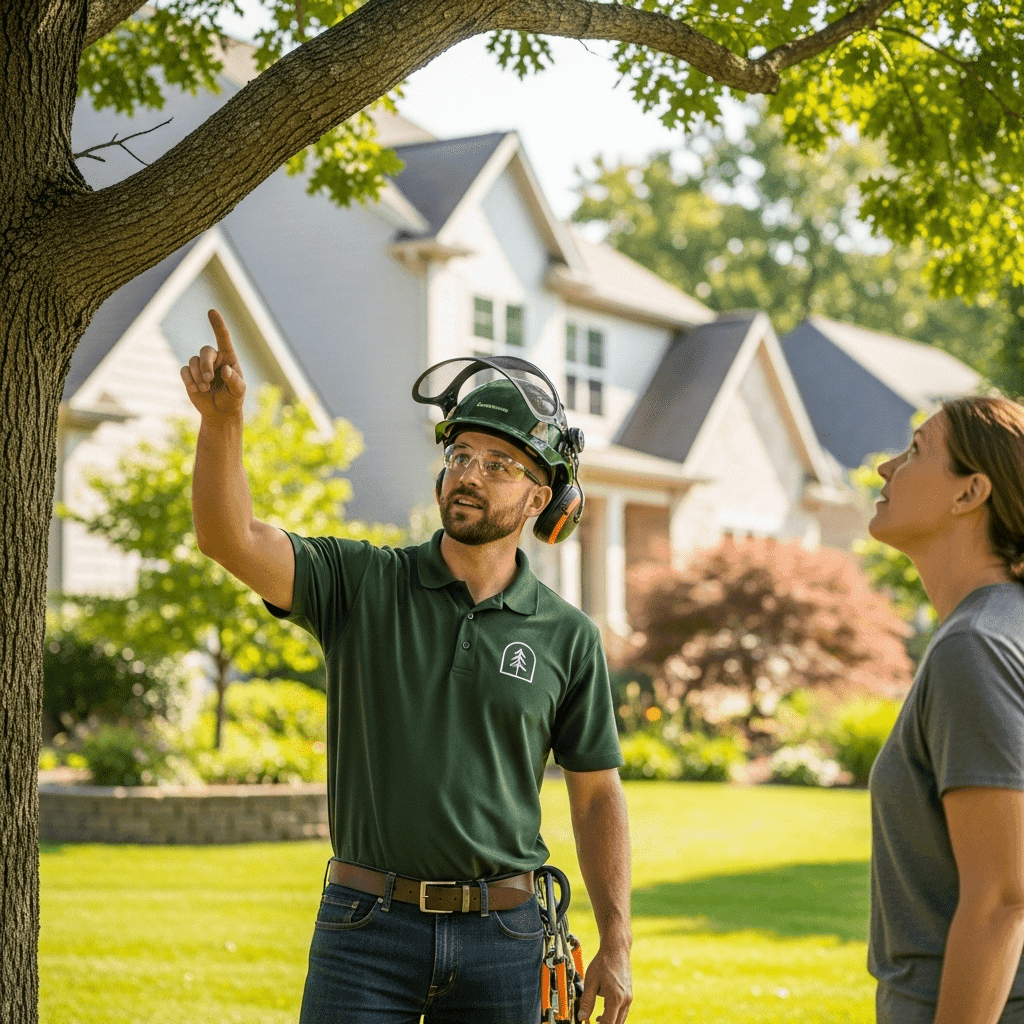
It’s not always easy to decide when a tree should be removed. Trees can hold sentimental value, offer shade, and provide habitat for wildlife. But when a tree starts to become a safety concern or shows signs of decline, the best decision may be to have the tree removed.
In many cases, it’s clear that a tree is beyond saving. It may already be dead, growing too close to your home, or heavily damaged by storms. Other times, the signs are less obvious, and you might wonder whether intervention is needed.
In this article, we’ll go through seven clear signs you need to remove your tree to protect your home, your property, and the people around you.
**1. The Tree Is Leaning**
A noticeable lean that wasn’t there before is often a sign the tree is unstable. This could be due to root damage, saturated soil, or structural weakness within the trunk. Leaning trees—especially those near homes, roads, or power lines—can fall without warning.
If you’re unsure, take a walk around the tree. Look for soil heaving, cracked ground, or exposed roots, all of which may suggest the root system has become compromised. While not every leaning tree poses a danger, those that have recently begun leaning or show signs of movement should be assessed as soon as possible.
**2. The Roots Are Decaying or Damaged**
Healthy roots keep a tree upright and supply it with water and nutrients. If the roots begin to rot or show visible damage, the stability of the tree is affected.
Tree roots can be damaged in several ways—construction work, heavy machinery, excessive drought, or erosion can all harm the root system. Over time, root damage leads to poor tree health, a thinning canopy, and, eventually, failure.
One of the most serious signs a tree is dying is the presence of decayed or exposed roots. In these cases, removal may be the only safe option.
**3. The Tree Has Suffered Storm Damage**
Storms are one of the most common causes of tree damage. Strong winds, lightning strikes, and heavy snowfall can all cause branches to split or trunks to crack.
Not all damage is immediately visible. Some trees retain broken limbs that are loosely attached and may fall later. In severe cases, internal damage may go unnoticed until it’s too late. If a tree has been exposed to extreme weather and is showing signs of stress, such as cracks in the bark or limbs that no longer leaf out, it may not recover.
[Tree removal professionals](https://423treeservice.com/service/tree-removal-service-tennessee/) can assess storm-damaged trees and determine whether they can be saved—or whether it’s safer to remove them.
**4. The Tree Shows Signs of Disease or Fungal Growth**
Fungal growth near the base of a tree—especially mushrooms or soft spots in the bark—can indicate internal decay. Disease may also present itself through wilting, discoloured leaves, or unusual growths.
If you’re asking, how do you know when a tree is dying, this is one of the key indicators. While some infections are treatable, widespread decay usually signals irreversible damage.
Keep an eye on multiple warning signs, particularly in older trees. If you notice a combination of fungal growth, poor leaf health, and weakened branches, the tree is likely in decline.
**5. The Shape Is Abnormal or Unbalanced**
Trees that appear misshapen or structurally unsound may pose a risk. This could be the result of improper pruning (such as topping), storm damage, or competition for light from other trees.
An uneven canopy or multiple weak stems can affect the tree’s balance and make it more likely to fall. In particular, trees that have been topped often develop fast-growing, poorly attached shoots that break off easily.
Structural issues are one of several signs that a tree needs to be cut down, especially if they threaten safety or cannot be corrected through proper pruning.
**6. Branches Are Falling Without Warning**
Healthy trees don’t lose large branches without a reason. If a limb has fallen suddenly and there are no signs of wind or storm, it could indicate internal decay.
Branches may die off when the tree is under stress from disease or drought. Over time, weakened limbs can become brittle, making them more likely to fall—even during calm weather.
If multiple branches have come down over a short period, this is a strong indication the **tree is dying**. In these cases, full removal may be safer than ongoing pruning.
**7. It’s Growing Too Close to Property**
A large tree planted too close to a house, driveway, or fence can create a number of problems. Roots can interfere with plumbing or foundations, and overhanging limbs can damage roofing and guttering.
When a tree is situated within falling distance of a home or frequently drops debris onto roofs or footpaths, it becomes more of a liability than an asset. Tree roots can also cause lifting or cracking in paved areas.
In such cases, [tree removal professionals](https://423treeservice.com/service/tree-removal-service-tennessee/) can assess whether trimming is enough, or if the tree needs to be removed completely.
**Making a Safe Decision**
Every tree is different. Some can be saved with treatment or selective pruning. Others are too far gone and must be removed to avoid injury or damage.
If you’ve noticed any of these signs but are still unsure, it's best to consult a qualified arborist. With experience and the right tools, professionals can determine whether your tree presents a risk and provide a recommendation based on safety, health, and practicality.
Having a tree removed is not always an easy decision, but in the right circumstances, it’s the most responsible one.
**[Find out more about our tree removal services >>](https://423treeservice.com/service/tree-removal-service-tennessee/)**
Need advice about a tree on your property? The team at 423 Tree Service is here to help with every step of the process. Give us a call at [**(423) 427-4933**](tel:(423)%20427-4933) or email us at **423treeservice@gmail.com**.
Read More Articles
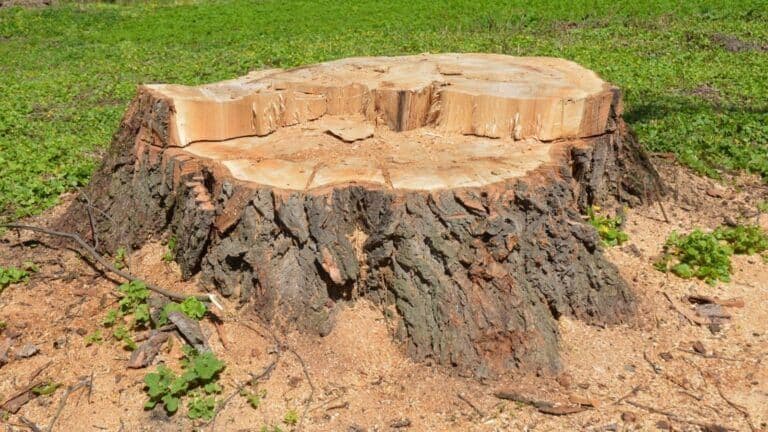
Why You Shouldn’t Ignore That Tree Stump in Your Yard
Tree stumps often seem like a harmless leftover after tree removal—but what you don’t see can become a problem over time...
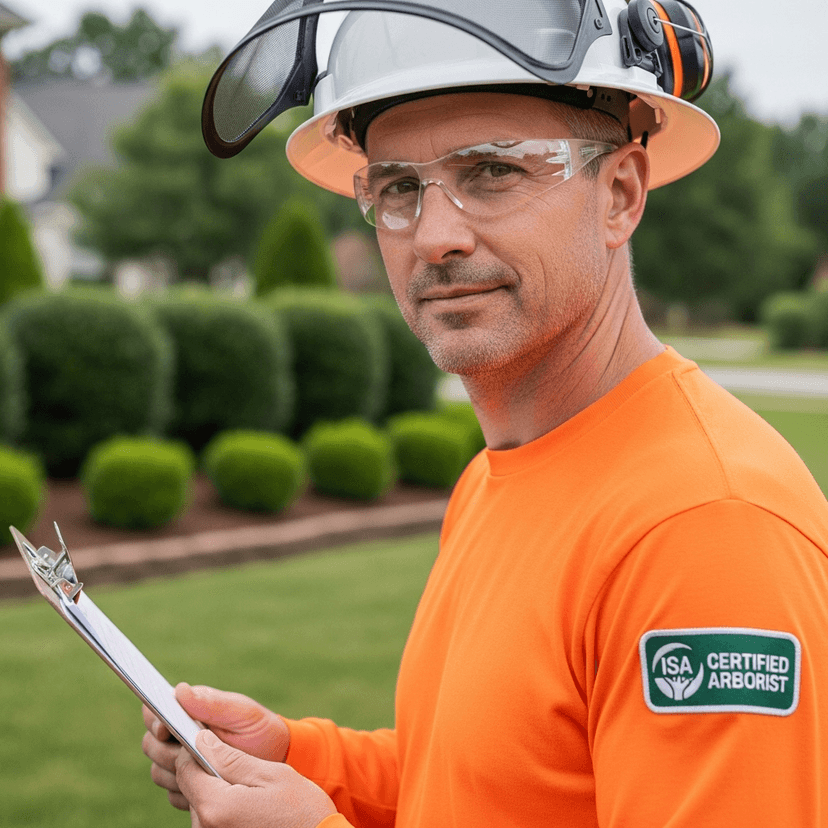
What Does a Certified Arborist Do? A Homeowner’s Guide
Trees are a valuable part of your landscape—but when problems arise, it can be hard to know who to call. This is where c...
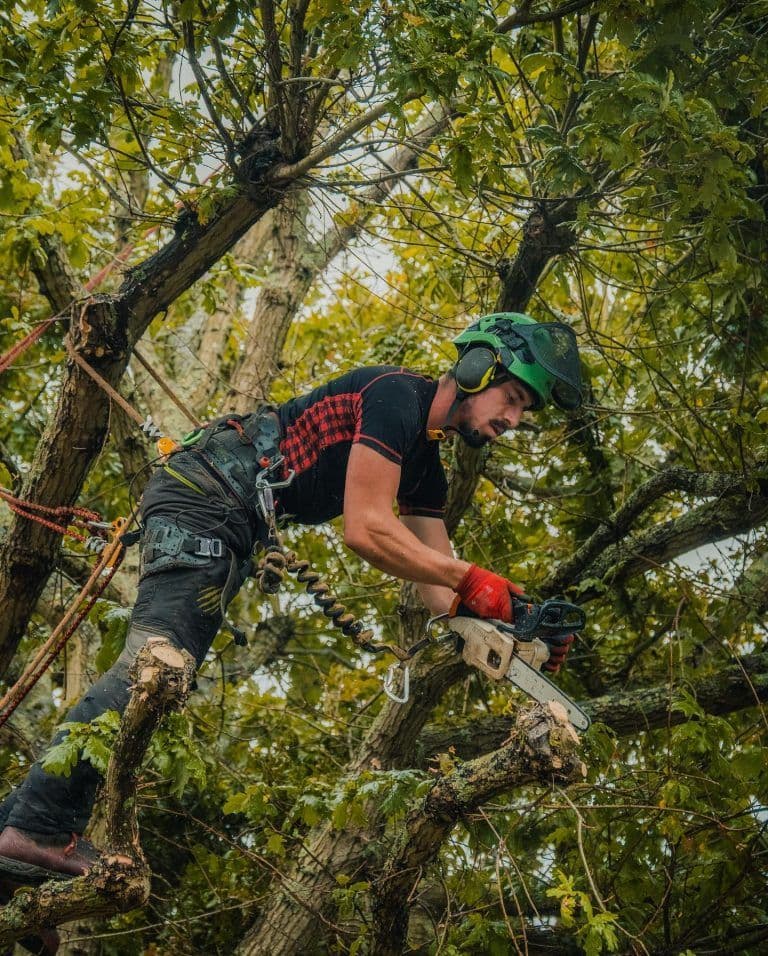
Why Regular Tree Trimming Keeps Your Landscape Healthy
Trees play a valuable role in every outdoor space. They add height, structure, shade, and character to the landscape. Bu...
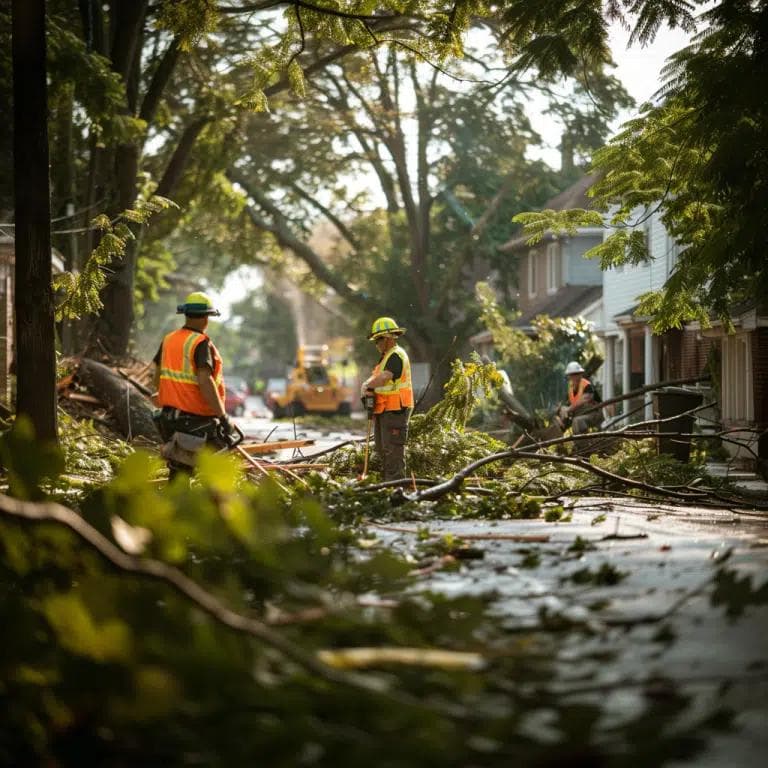
How to Identify Sick Trees: A Complete Guide for Homeowners
Identifying Sick Trees: Essential Tree Care Advice for Johnson City Homeowners A healthy tree condition is vital for mai...

